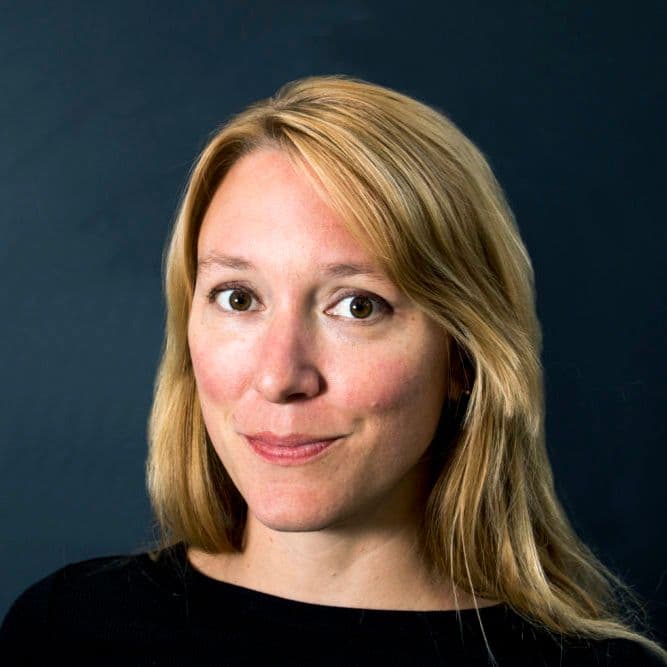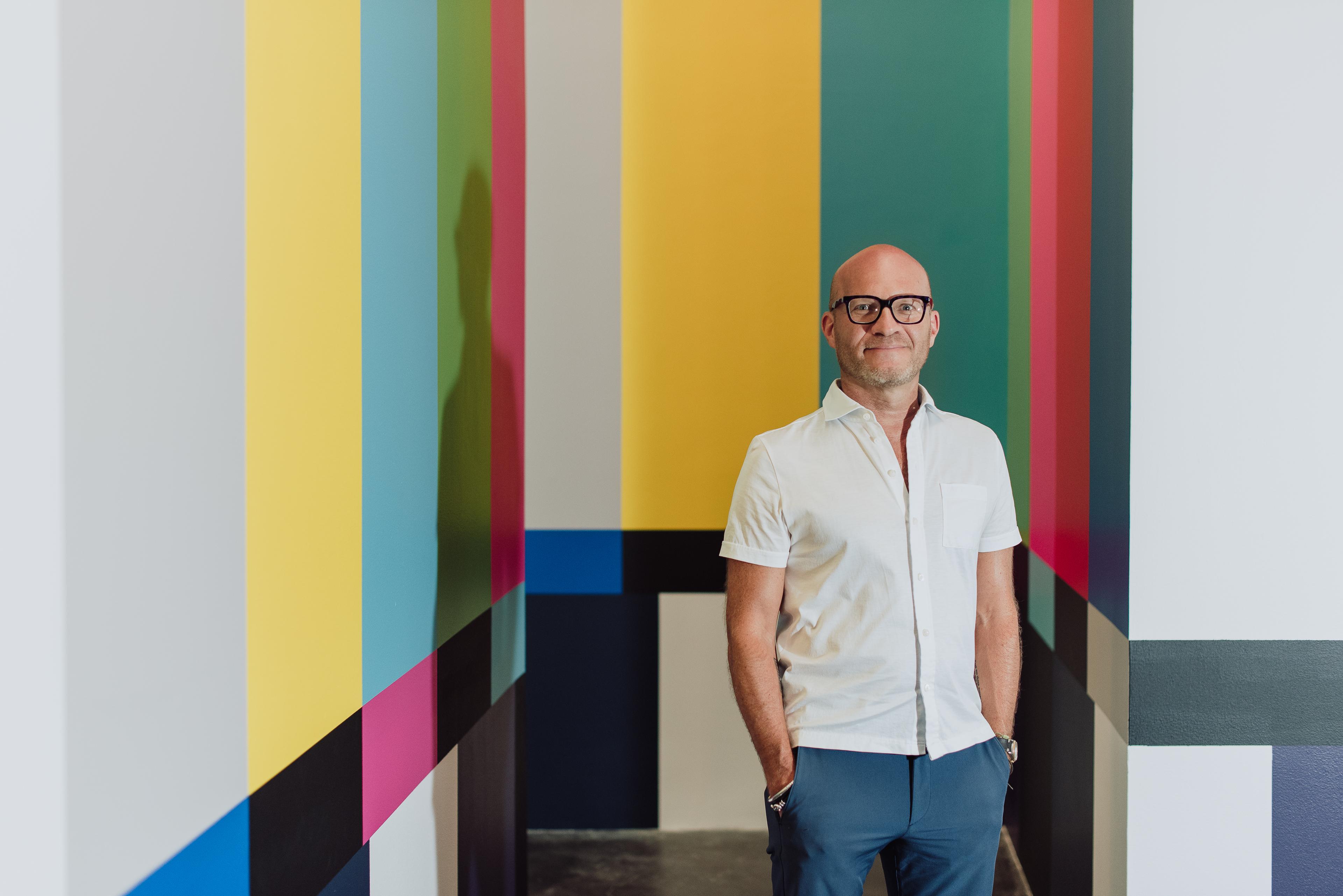In June of next year, Adam Lerner will step out of his role as director and chief animator of the Museum of Contemporary Art Denver after a decade in which, as he put it, "I never cared about best practices, I just cared about doing things interestingly."
He made the announcement to museum patrons early Tuesday morning, writing in a personal note that he'd be staying in Denver. The MCA Denver Board is forming a committee to find MCA's next director and will conduct an international search.
Lerner, 52, joined the museum as its director in 2009, two years after MCA Denver moved into its current building. Since then, he's led the museum through major growth in attendance and reputation, and out of debt.
Attendance has more than doubled over the last 10 years, according to a press release, and the museum is on track for an all-time high of 100,000 visitors in 2018. He retired and restructured $10 million in debt he inherited and oversaw MCA raising $17.5 million to build an endowment, remodel parts of the building, and expand exhibitions and programming.
During his tenure, MCA Denver has organized or co-organized exhibitions presented at 26 museums around the world featuring marquee artists like Marilyn Minter, Jean-Michel Basquiat and Senga Nengudi. Lerner curated 2014 retrospective "Mark Mothersbaugh: Myopia," 2011's "West of Center: Art and the Counterculture Experiment in America, 1965-1977" and a 2010 exhibition of unauthenticated art, "Orphan Paintings." He also wrote books about each.
I caught up with Lerner this morning by phone to talk about his decision, his legacy and what's next.
Ashley Dean: So why are you stepping down, and why now?
Adam Lerner: Those are both pretty similar because with MCA in such a great position now, both financially and energetically, this is for me the perfect time to step aside and let somebody take over while I pursue creative endeavors outside the platform of an art museum. I will stay in Denver and I want to -- I don't know what I will do next. But I know that whatever it is it will be some continuation of the at least the spirit of what I've been doing at MCA -- working at creatives, working with artists to enrich our city -- and I feel that the MCA has such great staff leadership, incredibly strong board, financial health, tremendous visitation. This is the perfect moment.
AD: You mentioned the spirit of it. What is the spirit of what you were doing?
AL: At MCA Denver, we've created an organization that is more than a place for people to look at art. Working with an incredibly creative staff, we've developed a place that inspires people about creativity more broadly. It's a place that has become a symbol for being culturally adventuresome, for exploring new ways of doing things -- not just a place to experience very serious contemporary art. I think MCA has created a world for people to see themselves in that world, a world that says something about Denver as a creative, forward-thinking, risk-taking city. And I feel really proud that we've created that kind of ethos and personality. Whatever I do, I will continue that.
AD: I wanted to ask about Denver's art world. How do you feel it's changed and is it a better environment now for you to go do the things you want to do?
AL: I feel I thrived in Denver. This is a place that supports ambition. And all of the energy of the city, it fueled MCA Denver, it fuels our audience, but I think it also fuels new enterprises. I recognize it sounds a little suspicious that I'd like to pursue new endeavors that have yet to be determined, but I think people get it. In Denver, they get that. We're a place that is for pioneering, that's for people who want to create something new. That's the spirit of the city.
AD: What are you most proud of?
AL: I'm most proud that I didn't just build the organization and stabilize it. I did it in our own way, by letting the creativity be the driver -- and did it with a unique personality. So the museum really has this voice that is equal parts serious about art, playful in everything it does and soulful. Like, we care about people and care about making people feel comfortable and welcome and see art as a way of saying something more about ourselves. And that actually is genuinely a fresh voice for an art museum and I am really proud that I was able to not just -- I never cared about best practices, I just cared about doing things interestingly.
AD: What were some of the biggest challenges over the decade?
AL: Don't forget, I took over the museum in the middle of a recession and we had approximately $10 million of existing debt from the building and the organization didn't have any experience with fundraising at it's new, kind of higher level of operations when I got there because the building was new, so my biggest challenge was stabilizing the organization. And that's partly what I feel proud of is I didn't say first I'm going to stabilize and then develop the creative program, I stabilized it while cultivating the creative program.
AD: What are the challenges -- or let's say next adventures -- for MCA?
AL: It's for somebody else to take everything that's awesome about MCA and see what else it can do, to amplify what it is, how it's grown, and to evolve that vision in directions that I couldn't have, in unforeseen ways.
AD: Same question about the art world, since you're sticking around. What are the next challenges or the next adventure?
AL: I think we need to hug the artists in our city, because as Denver prospers, it's not clear that the artists of Denver are having their equal share in that prosperity. And it's possible for Denver's artists to participate in that prosperity, but it takes effort and attention, and I hope that Denver continues to care about the people who make the place interesting.












